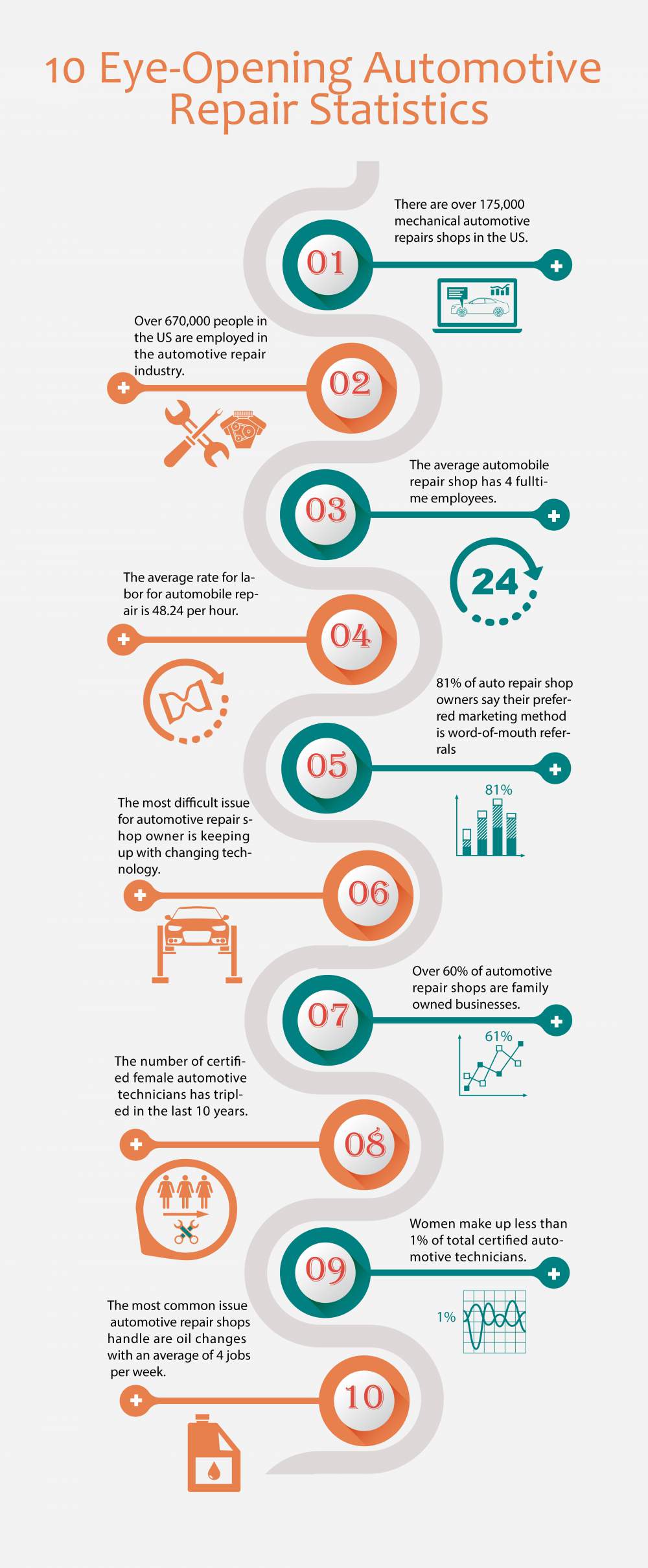Translating Your Automobile'S Alert Lights: Their Real Ramifications
Translating Your Automobile'S Alert Lights: Their Real Ramifications
Blog Article
Material Create By-Lauritsen Torres
When you're behind the wheel, those glowing caution lights on your dashboard can be a little bit puzzling. Do you recognize what they're trying to tell you concerning your vehicle's health and wellness? Comprehending the significance of these lights is essential for your safety and security and the durability of your car. So, the next time one of those lights appears, would not you intend to understand its message properly and take the needed steps to address it?
Common Warning Lights and Interpretations
Determine typical caution lights in your cars and truck and comprehend their meanings to guarantee safe driving.
One of the most normal caution lights consist of the check engine light, which signals problems with the engine or emissions system. If this light begins, it's critical to have your vehicle examined immediately.
The oil pressure cautioning light shows reduced oil pressure, calling for prompt attention to prevent engine damages.
A flashing battery light might recommend a faulty charging system, possibly leaving you stranded if not resolved.
The tire stress monitoring system (TPMS) light alerts you to reduced tire pressure, influencing vehicle security and fuel effectiveness. Disregarding https://www.hotcars.com/car-damage-repair-costs-estimates/ could lead to hazardous driving conditions.
The abdominal light suggests a trouble with the anti-lock braking system, compromising your ability to stop quickly in emergencies.
Last but not least, the coolant temperature level alerting light warns of engine getting too hot, which can cause extreme damages if not dealt with promptly.
Recognizing car detailer auckland will certainly aid you attend to concerns promptly and maintain secure driving problems.
Significance of Prompt Interest
Comprehending the usual caution lights in your auto is only the primary step; the importance of immediately dealing with these cautions can't be highlighted sufficient to ensure your safety on the road.
When a caution light illuminates on your control panel, it's your automobile's means of interacting a potential problem that requires focus. Overlooking these cautions can lead to much more severe issues later on, jeopardizing your safety and security and potentially costing you more out of commission.
Prompt interest to advising lights can prevent malfunctions and mishaps. For instance, a blinking check engine light might indicate a misfire that, if left neglected, might trigger damages to the catalytic converter. Addressing this promptly can conserve you from a pricey repair.
In a similar way, a brake system cautioning light might signify low brake fluid or worn brake pads, critical elements for your security when driving.
Do It Yourself Troubleshooting Tips
If you see a caution light on your control panel, there are a few DIY troubleshooting suggestions you can try before looking for specialist aid.
The initial step is to consult your auto's guidebook to understand what the details warning light indicates. Often the concern can be as straightforward as a loose gas cap setting off the check engine light. Tightening up the gas cap may deal with the trouble.
One more common concern is a reduced battery, which can trigger numerous warning lights. Examining the battery connections for deterioration and guaranteeing they're secure might take care of the issue.
If a warning light continues, you can attempt resetting it by disconnecting the automobile's battery for a couple of minutes and afterwards reconnecting it. In addition, examining your automobile's liquid degrees, such as oil, coolant, and brake liquid, can aid repair alerting lights connected to these systems.
Final thought
Finally, understanding your car's warning lights is important for maintaining your car running efficiently and safely. By quickly resolving these alerts and understanding what they mean, you can prevent expensive repairs and potential break downs.
Remember to consult your car's handbook for particular information on each warning light and take action appropriately to guarantee a trouble-free driving experience.
Remain notified, stay safe when driving!
